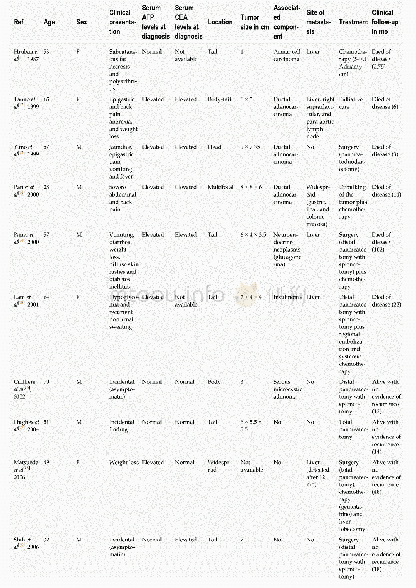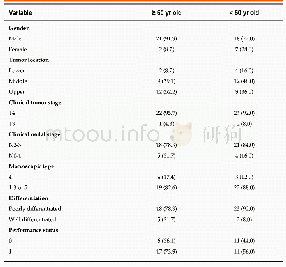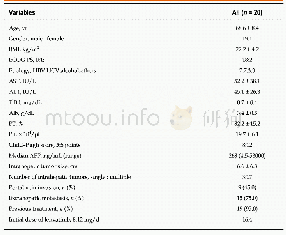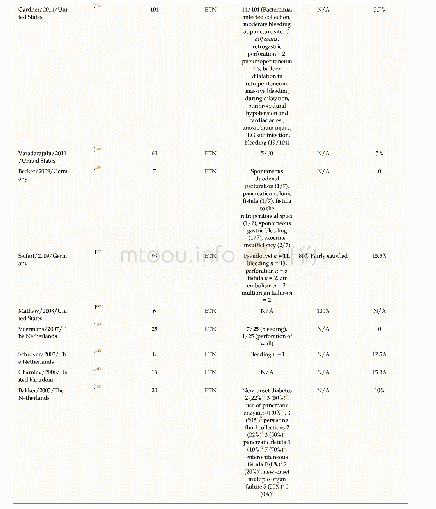《Table 1 Characteristics of patients reported in the literature and our case》
 提示:宽带有限、当前游客访问压缩模式
提示:宽带有限、当前游客访问压缩模式
本系列图表出处文件名:随高清版一同展现
《系统性硬化症合并强直性脊柱炎1例及文献复习(英文)》
A thorough literature review indicated that AS rarely coexists with other diffuse connective tissue diseases.Previous studies[1-5]reported 5 cases of concomitant AS and SSc(Table1).Three patients(Patient 1,3,4 in Table 1)suffered from AS for varying periods and developed SSc later.Patient 2 and5 were diagnosed as SSc first and then developed AS.And 2patients(Patient 2 and 3)showed rapidly progressive skin involvement within 1–3 months,which was similar to our patient.Muscle involvement in our case was confirmed by increased levels of muscle enzymes and abnormal muscle biopsy.Although the muscle biopsy in patient 4 showed nonspecific inflammation,his CK was not elevated.The association between HLA alleles and SSc varies depending on the population and ethnic groups[2].Two of the 5 previously reported cases had the same susceptibility genes as our patient:DRB1*11 and DQB1*03,which are known to be related to SSc[6-7].DRB1*11 has a particularly strong link with patients who have positive anti-Scl-70 antibody[8].DRB1*11allele group is most consistently described in association with SSc in caucasians[2,9],while DRB1*15 and DQB1*06 are associated with SSc in Asians[2].However,neither DRB1*15nor DQB1*06 was detected in our case.In conclusion,we described a case of very rare coexistence of AS and SSc,perhaps partially due to the presence of susceptible genes.
| 图表编号 | XD0026956300 严禁用于非法目的 |
|---|---|
| 绘制时间 | 2018.11.01 |
| 作者 | 胡淑琳、左晓霞、李懿莎 |
| 绘制单位 | 中南大学湘雅医院风湿免疫科中南大学风湿免疫病研究所、中南大学湘雅医院风湿免疫科中南大学风湿免疫病研究所、中南大学湘雅医院风湿免疫科中南大学风湿免疫病研究所 |
| 更多格式 | 高清、无水印(增值服务) |
查看“Table 1 Characteristics of patients reported in the literature and our case”的人还看了
-
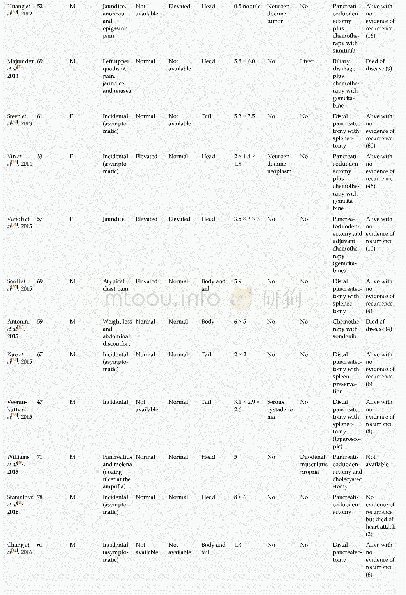
- Table 1 Summary of clinical features of hepatoid carcinomas of the pancreas reported in the English language literature


